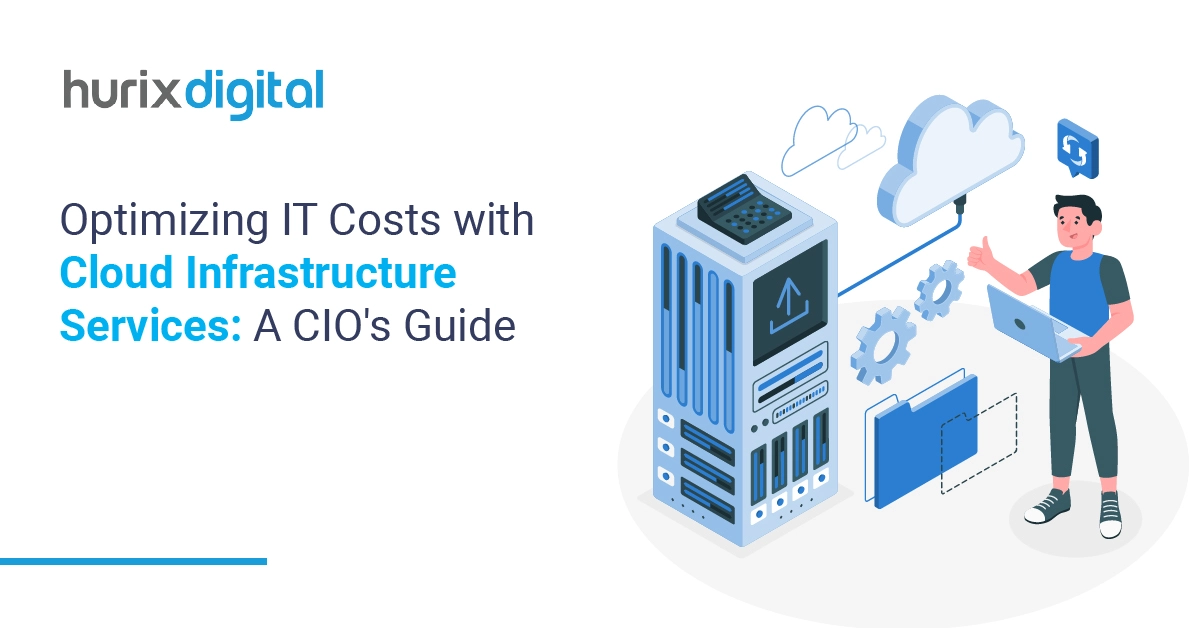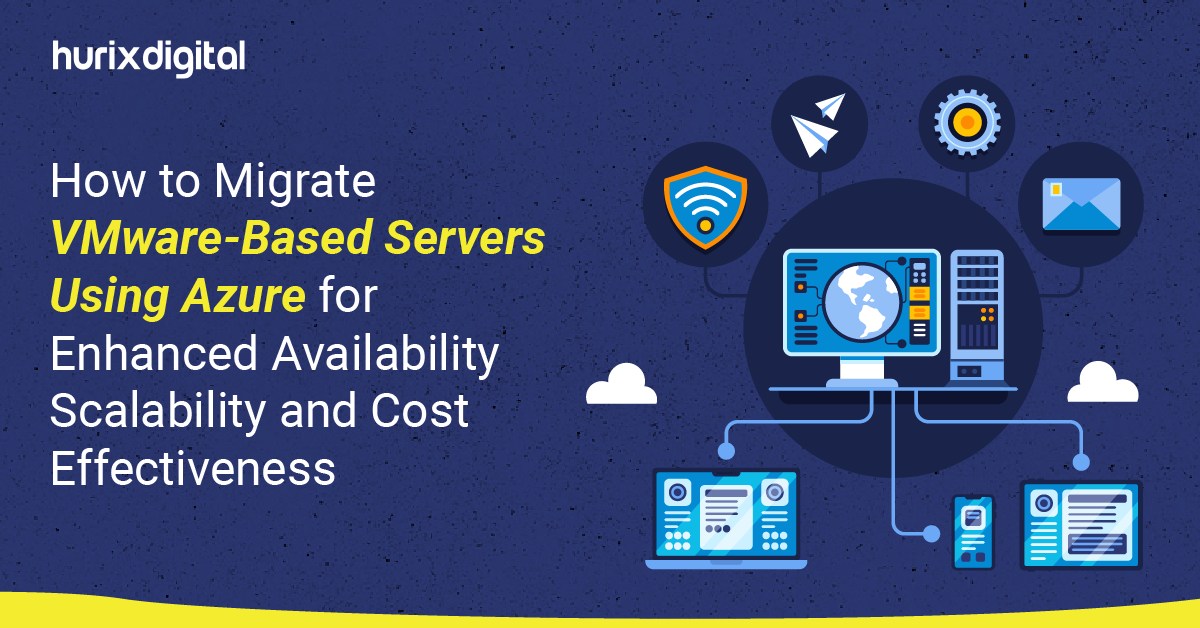
Upgrade Your Campus by Streamlining Registration with Cloud Technology
Summary
The blog explores how cloud-based registration systems enhance college registration by boosting accessibility, efficiency, data security, and cost savings while examining components, benefits, and future trends.
Changes in registration are the modern uproar of the year. According to Gartner analysts, by 2025, more than 85% of organizations will embrace the cloud-first principle. Indeed, the wave of change in such management comes from using cloud-based solutions that provide institutions with heightened security, efficiency, and flexibility.
By deploying secure cloud technology, institutions could centralize all operations and manage their data more efficiently, thus seamlessly integrating them within departments. Such systems enable universities to move toward smoothing the college registration process, decreasing administrative burdens, and making students’ lives easier.
This blog will analyze the benefits of using secure cloud technology to manage college registration and why institutions should switch to it.
Table of Contents:
- What is Cloud-Based Registration?
- Benefits of Cloud-Based Registration
- Enhancing Security with Cloud-Based Solutions
- Cost Savings and Scalability
- Future Trends in Cloud-Based College Registration
- Wrapping Up
What is Cloud-Based Registration?
The college registration process has always been one of the most cumbersome tasks associated with academic management; after all, students must wait in long queues, requiring manual entry at the administration level.
With the cloud-based solution being made available, universities and colleges can simplify course registration by automating it. Cloud technology facilitates storing, managing, and accessing all student data from a single location.
The features of cloud-based registration systems have several advantages: they can support real-time updates, centralized databases, and easy access by students and administrators. Seamless integrations with other cloud applications also provide a pathway to an integrated approach for managing campus operations.
Key Components of Cloud-Based Registration
The main components of a cloud-based registration system include:
- Centralized Student Databases: A unified platform where all student information, including course selections, personal details, and payment records, are stored securely in the cloud.
- Automated Administrative Processes: Automating class scheduling, payment tracking, and academic advice reduces errors and increases productivity.
- User-Friendly Interfaces: Simple and intuitive platforms make it easier for students to register for courses and for administrators to oversee the entire process.
Also Read: 8 Reasons to Include Interactive Video Learning in Higher Ed Courses
Benefits of Cloud-Based Registration
Cloud-based solutions provide various benefits to educational institutions. From easing the college registration process to increasing operational efficiency, these systems have been game-changers in universities.
1. Improved Accessibility
Arguably, the most significant advantage of cloud-based registration is that all information is accessible from anywhere and at any time.
For registration purposes, students will not need to visit the offices on campus, as they can do everything online. This offers convenience and ensures that the institutions can more easily accommodate international or remote students.
2. Increased Efficiency in Administrative Workflows
Cloud-based systems reduce inefficiencies and errors by automating student data entry, course enrollment, and tuition payments.
With secure, real-time technology, schools can be assured that information is updated in real time to reduce the administrative burden on staff while serving students better.
Moreover, these systems facilitate communication between departments. There is no need for paper records or independent systems. All the required data can be viewed and shared using the cloud.
In this way, more coherence and coordination in the administrative department can be achieved.
3. Real-Time Data Access and Management
In cloud-based registration systems, students’ data is updated in real-time. This ensures that all information, from course availability to student enrollment and payment records, is always current.
Processing and analyzing the data on the fly is invaluable to any institution dealing with a large pool of students.
Administrators can create reports about registration trends, financial data, or student demographics—anything needed—with no requirement for manual input or any complex systems for data retrieval. This degree of access in real-time elevates decision-making and allows proactive intervention where warranted.
Enhancing Security with Cloud-Based Solutions
Student data is the highest priority in the college security system. With advanced security measures, colleges can prevent data breaches, unauthorized access, and other cyber and cloud-based threats.
1. Data Protection and Privacy Compliance
Cloud-based course registration systems have been designed with robust protocols for data encryption at the forefront, so sensitive student information is secure.
Moreover, they are designed in line with strict regulations such as FERPA and GDPR. This ensures that institutions can fulfill their legal obligations while upholding the highest standards possible regarding data privacy.
2. Role-Based Access and Control Mechanisms
Not all users need access to all the information. Cloud systems allow colleges to impose role-based access controls, whereby only people with authority can access sensitive information. This helps reduce the chances of internal data breaches and further secures the systems.
3. Protection Against Cyber Threats
Colleges and universities are one of the prime targets for cyberattacks due to the high volume of personal data maintained.
Secure cloud-based solutions include built-in cybersecurity capabilities like firewalls, intrusion detection systems, and routine security updates that help the institution act against threats at the right time with minimum time lapse. These features help protect the integrity and confidentiality of student data.
Cost Savings and Scalability
One of the most appealing aspects cloud-based systems offer many institutions is the potential cost savings they could achieve. Universities can reduce hardware, maintenance, and energy costs by moving away from the traditional on-premise infrastructure.
1. Reduced Infrastructure Costs
Cloud-based systems negate the need for physical servers and other expensive IT infrastructures. For this reason, colleges and universities no longer have to invest in the upkeep and upgrading of on-premise systems, as the cloud provider does.
Thus, resources that could be applied to other imperative areas, such as student services or academic programs, are freed.
2. Scalable Solutions for Growing Institutions
Whether your college is experiencing rapid growth or taming fluctuating enrolment, cloud-based systems are scalable solutions that adapt to changing needs.
Adding or removing users, increasing storage, and integrating new functionalities that do not lead to expensive overhauls or extended downtimes become very easy.
3. Flexible Payment Models for Budget-Conscious Institutions
Most cloud-based solutions offer flexible subscription models, wherein the institutions pay only for the subscribed services. This is very helpful in cases where smaller colleges or universities have to work on a tight budget, allowing them to expand their operations without sustaining any extra overhead costs.
Future Trends in Cloud-Based College Registration
With technology still emerging, several trends might reshape the future of the college registration processes.
1. Artificial Intelligence in Student Onboarding
AI has started to play an even more active role in college enrollment. Automated systems have begun helping students choose courses, provide personalized advising, and predict which students will fare better based on past data.
AI-powered technologies personalize registration processes, making them more intuitive and faster for students.
2. Personalized Registration Processes
Cloud-based registration systems will meet this trend through personal workflow options. This could mean suggesting courses a student might want based on prior academic work or creating a customized payment plan.
Institutions will be able to provide an even more engaging and personalized experience to students with unique needs.
3. Mobile-First Registrations
With the rise of mobile devices, students expect to be able to manage everything from course selection to payment on their smartphones.
Cloud-based systems are increasingly optimized for mobile platforms, allowing students to complete their registration using their mobile devices anywhere and at any time.
Also Read: Data Analytics as a Service in Higher Education: Benefits and Implementation Guide
Wrapping Up
Cloud-based solutions are changing how colleges manage their registration processes, increasing their efficiency and accessibility while enhancing data security. This may be seen as one way higher education will change further in the following years.
We at Hurix Digital offer customized cloud-based solutions that simplify and secure your college registration system. Would you like to learn more?
Contact us today to learn how we can simplify your institution’s registration processes and enhance student engagement.

Senior Vice President
A Business Development professional with >20 years of experience with strong capability to sell new solutions and develop new markets from scratch. New Market Entry Specialist with experience of working in two of the largest emerging markets – China & India. Also covered other key markets in APAC, US, EU & ME. Exceptional experience of conceptualizing, ideating and selling new learning technologies like VR AR, etc. across multiple industry verticals.







